American photographer Paul Koudounaris travels the world recording the use of human remains in sacred spaces and death rituals.

His latest book, Memento Mori is about how we live with the dead among us: the festivals of the skulls in Bolivia, the dried corpses in Indonesian homes that are dressed and involved in daily routines, to the hundred mummified Catholic priests propped up in niches under a church in Palermo, Sicily.
It's about the difference between dead and death, and where the line blurs as the cultures change across the world.
Koudounaris told BuzzFeed: “I was always interested in macabre culture, even as a child – I used to sit around drawing mock tombstones for myself, which needless to say very much troubled my mother.”
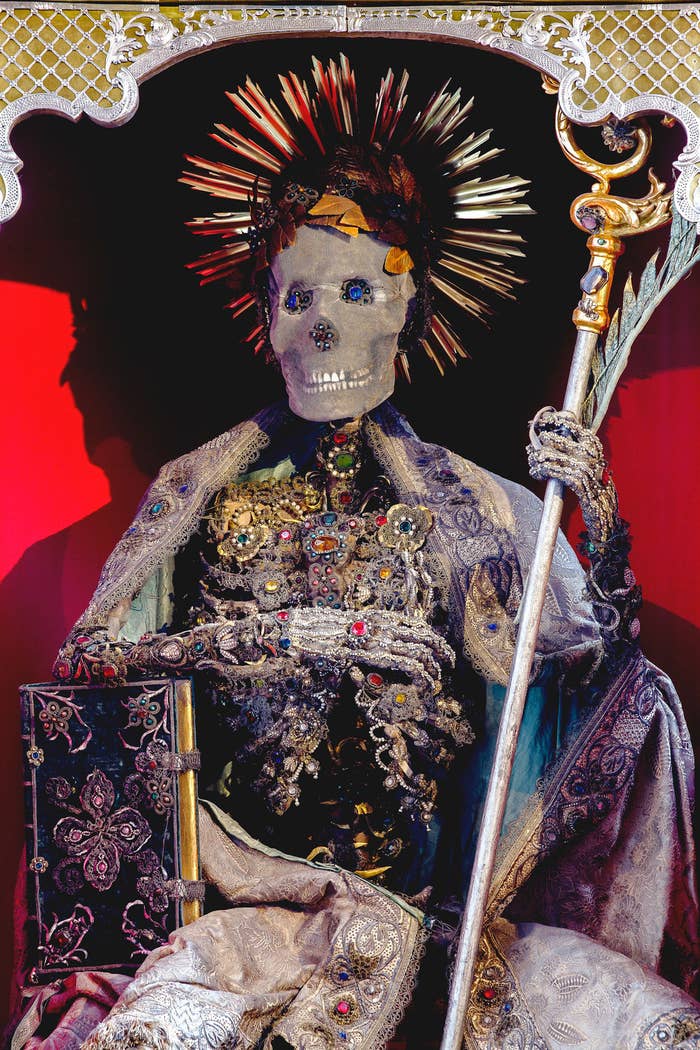
“The particular impetus which led to the photos that inspired my books came several years ago in the Czech Republic.”
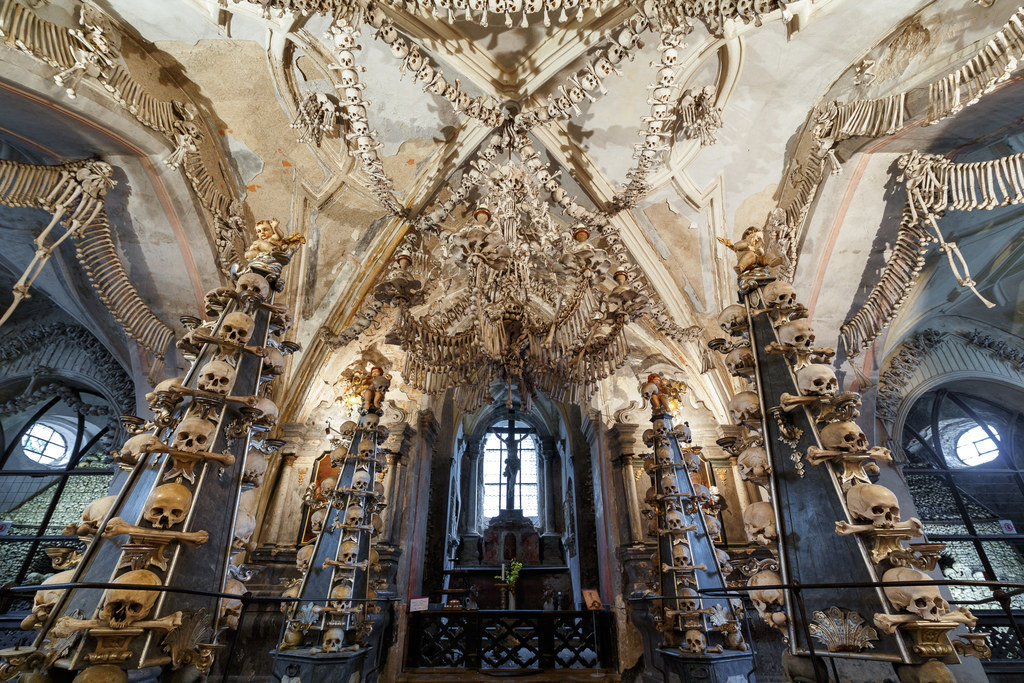
"There's a very famous bone-decorated chapel in Sedlec near Kutna Hora."
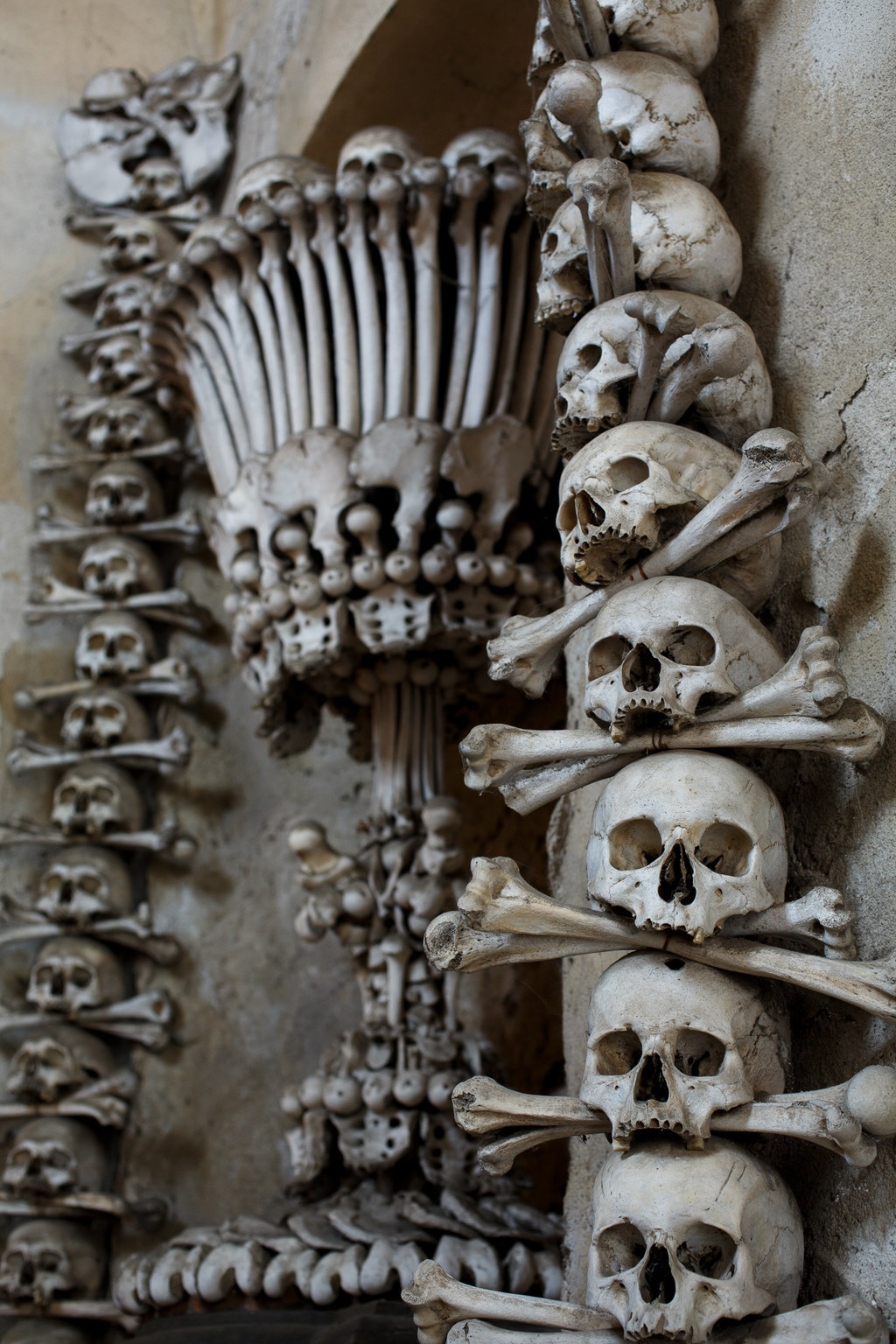
"But what inspired me was a chance visit to a different but equally fantastic bone room – one that was decidedly not well known, even to the people in the town where it is located."

"It made me curious how many other fantastic macabre monuments decorated in human remains were lurking out there."
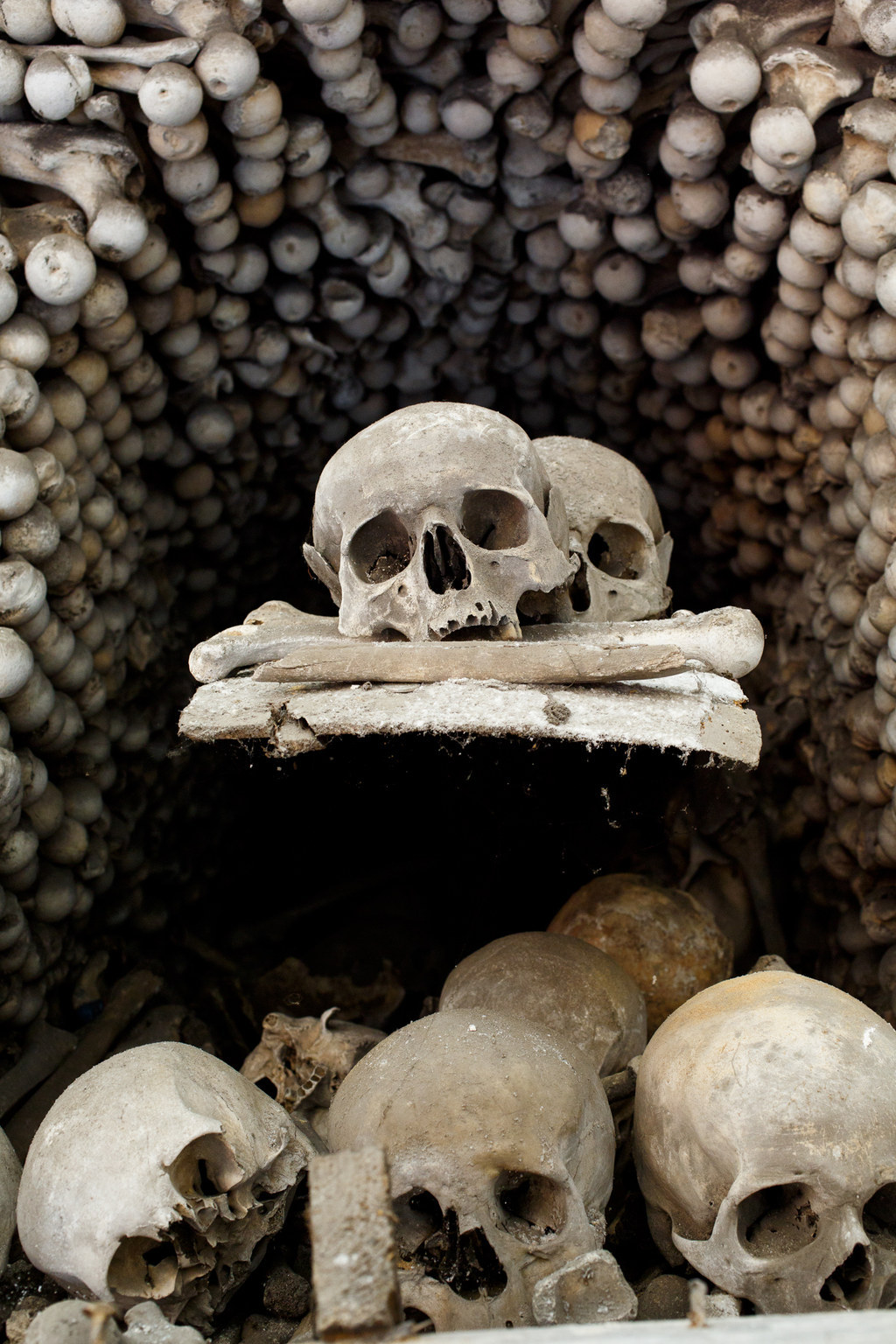
"Forgotten or abandoned simply because our modern anxiety about interacting with the dead had undermined their once vital nature and important spiritual significance."

"I did some preliminary research and quickly realised that there were a lot more of these places than I could have ever guessed."
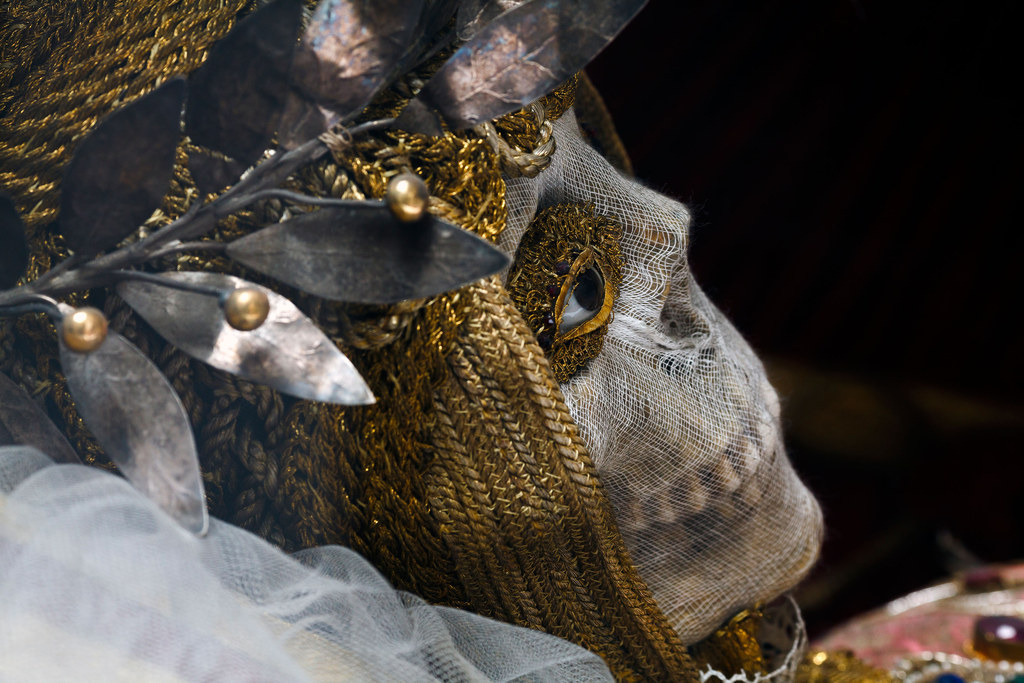
“Being 'dead' is a universal condition. 'Dead' means the living functions of the body have stopped."

"And while there may be some variables to account for, such as registering someone as dead due to, say, cardiac arrest or the functions of the brain stopping, if you're dead in New York, you're equally dead in London or Cairo or anywhere else."
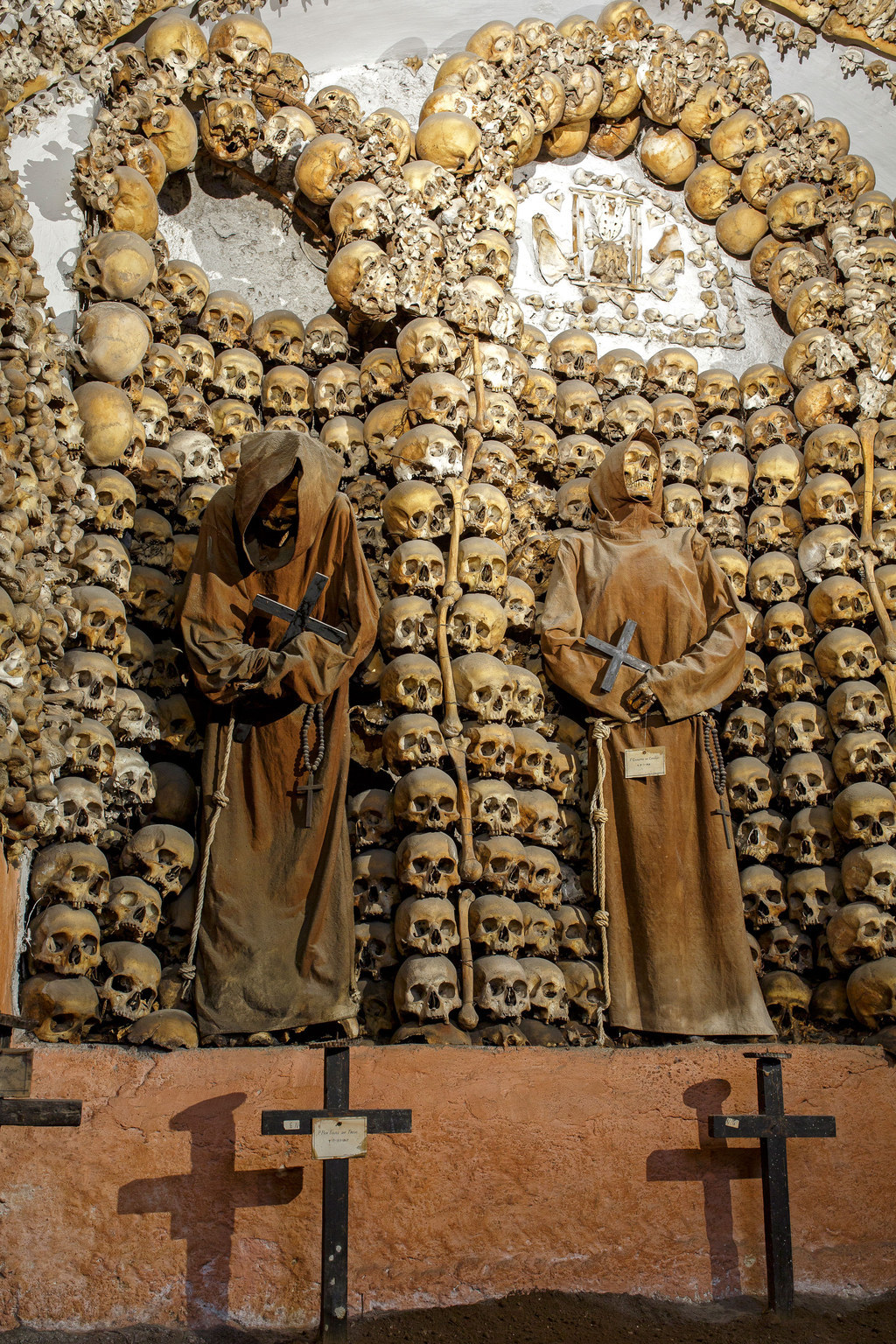
“But 'death' to me is something else, that term for me is the place where the border between two potential social groups lies, the border between the living and the dead."
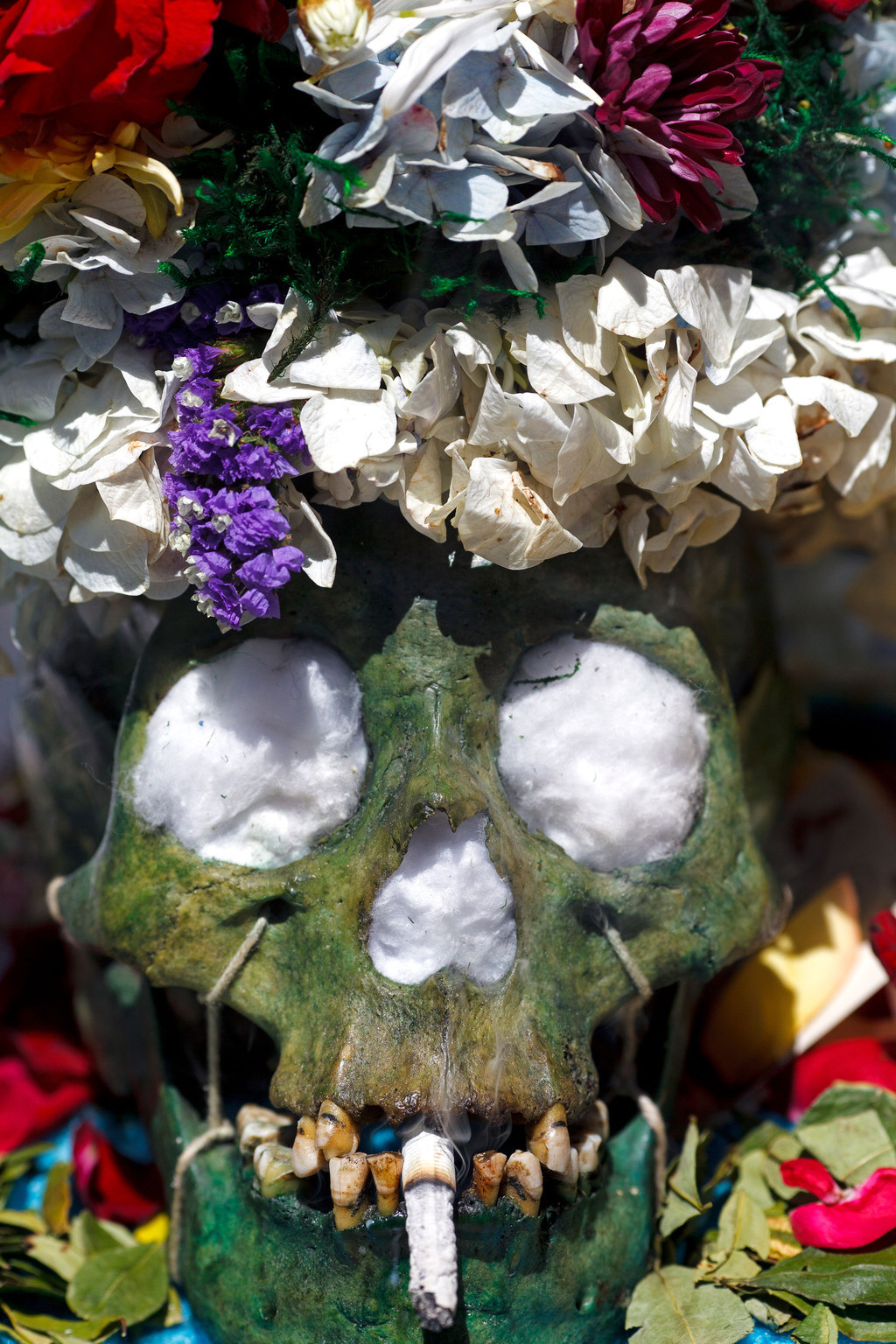
"It's a culturally relative boundary."
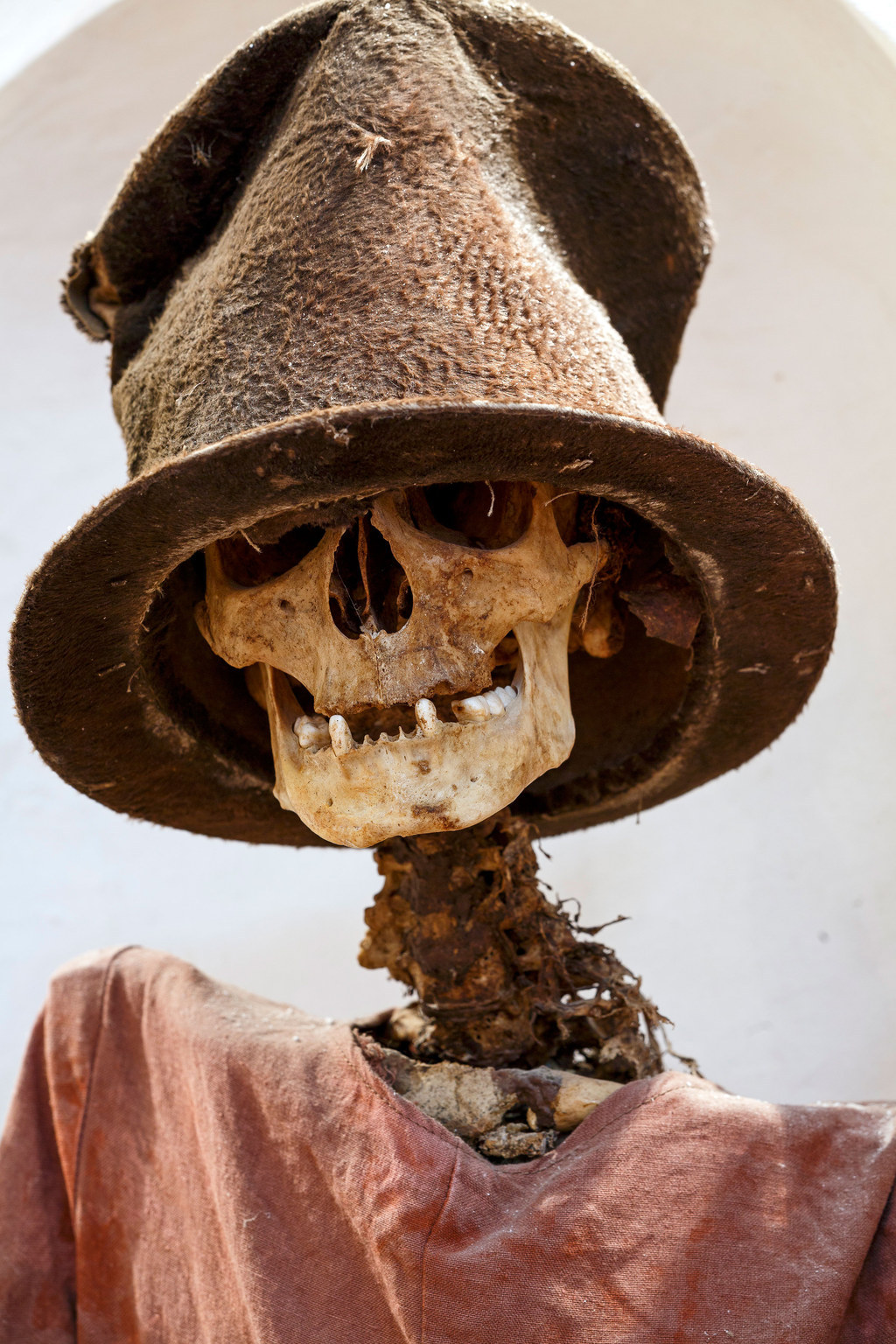
"It can be a soft and malleable boundary across which a dialogue is possible and the dead still have a role to play in the social or kinship group, or it can be a hard boundary which we are not invited to transgress, and to do so is considered taboo."
“In modern Western culture we have been situated on the latter pole, the hard boundary, for over a century. But my work involves the other pole, the soft border.”
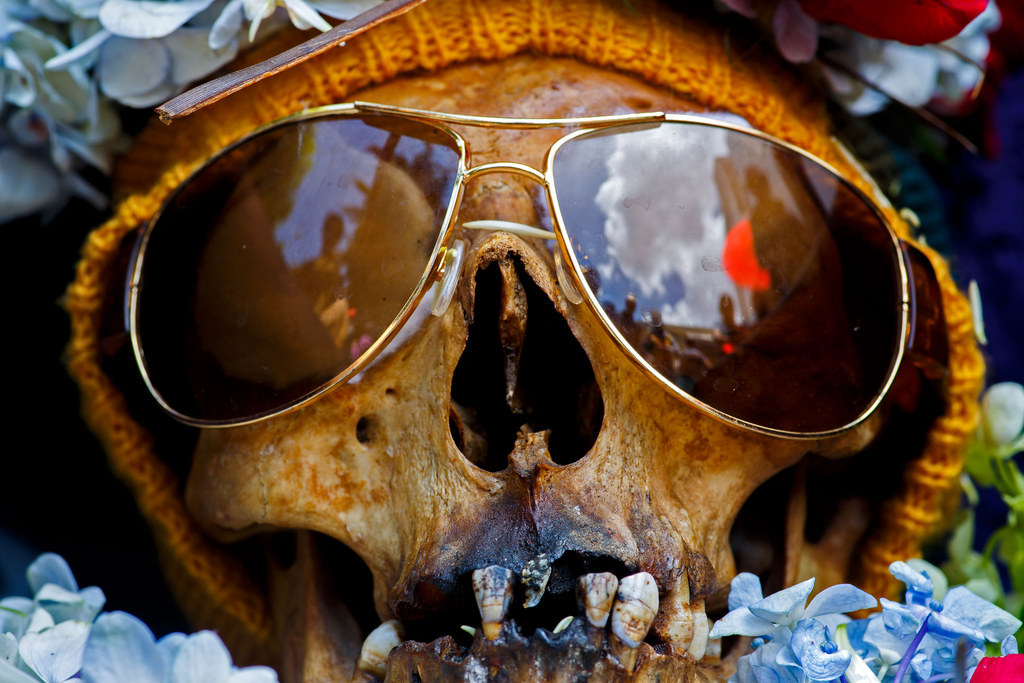
"If you look cross-culturally and historically, you'll find that it has always been traditional to situate death as a soft border, not a hard one."

"We're the weird ones, not them. That doesn't mean that all other cultures have fetishised human remains in the way that I document – they didn't all do that, and it's not necessary to fetishise remains to have a soft border."
"Our current relationship with the dead in the West, and the way we have positioned death as a border, is historically and culturally eccentric."
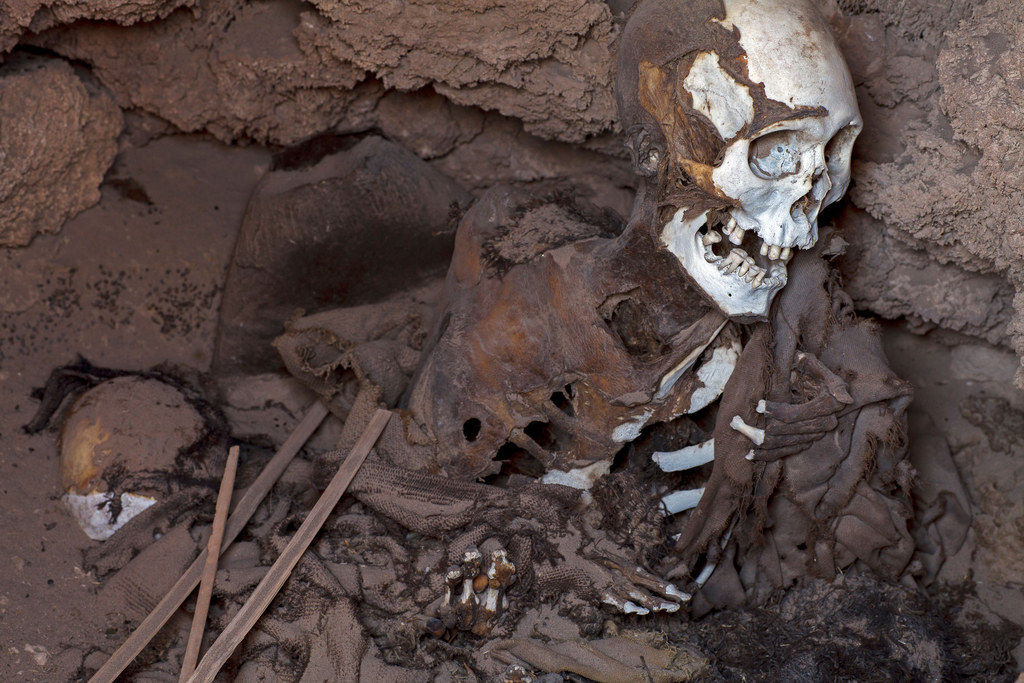
"My relationship with death (or my understanding of it) has changed radically over the course of my work because this divide is what has become clear to me during that time."
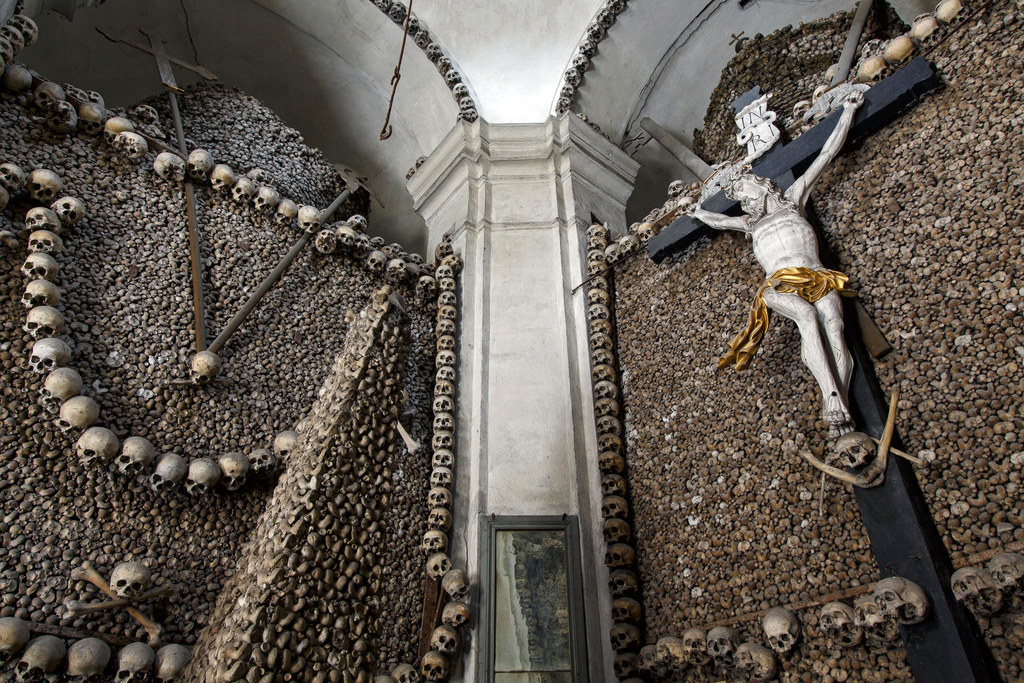
“I love the displays of mummies under the churches in Southern Italy and Sicily, not only because of the displays themselves, but because of what they once represented and the ways people once interacted with those corpses.”
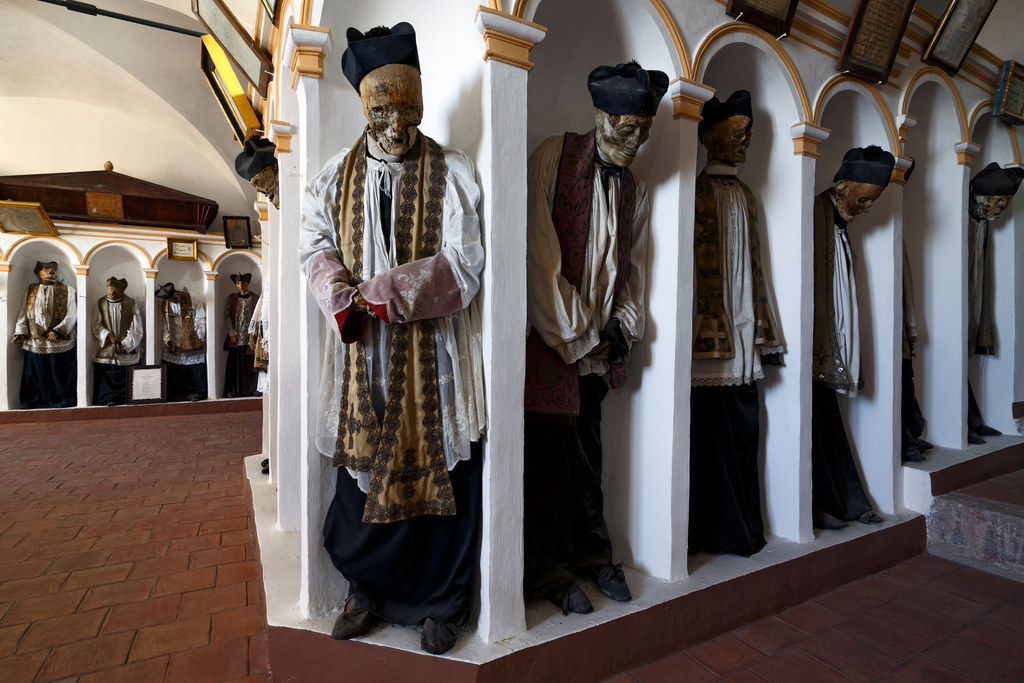
"That being said, I would never say one culture handles death the 'right' way, because I realised very quickly working on this material that I needed to put aside projecting any values of right or wrong on what I encountered."
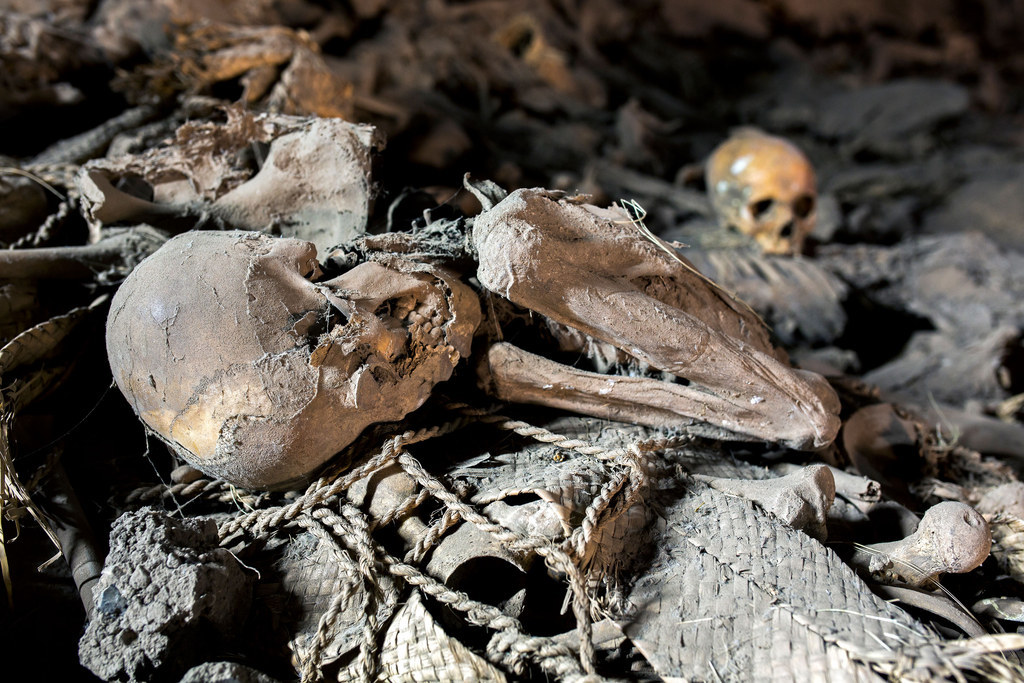
"To me, the most important thing is that the dead be handled in way that respects a culture's spiritual and social values, so there can be many different ways that might be right."
"There are ways of dealing with the dead that are more and less psychologically healthy."
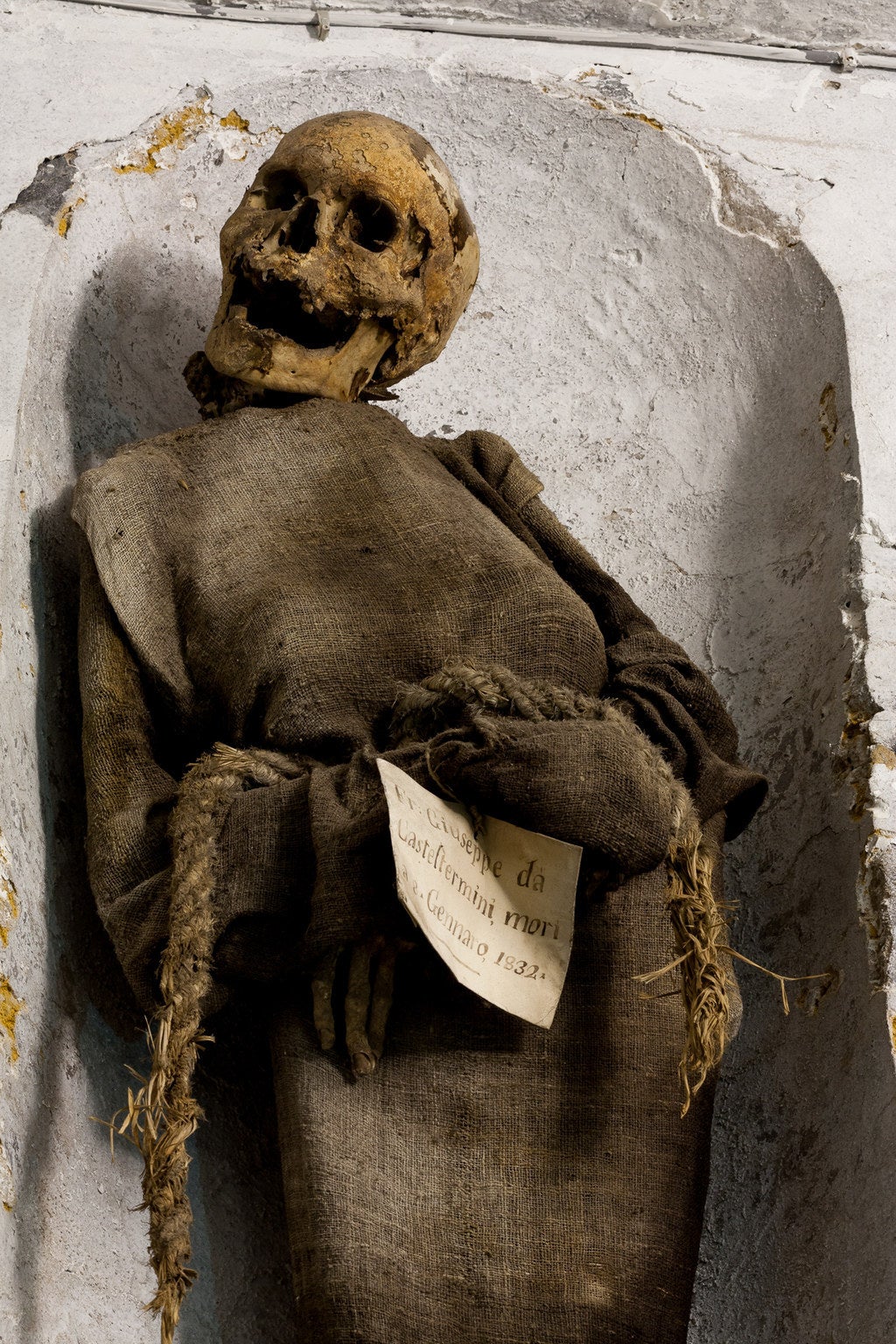
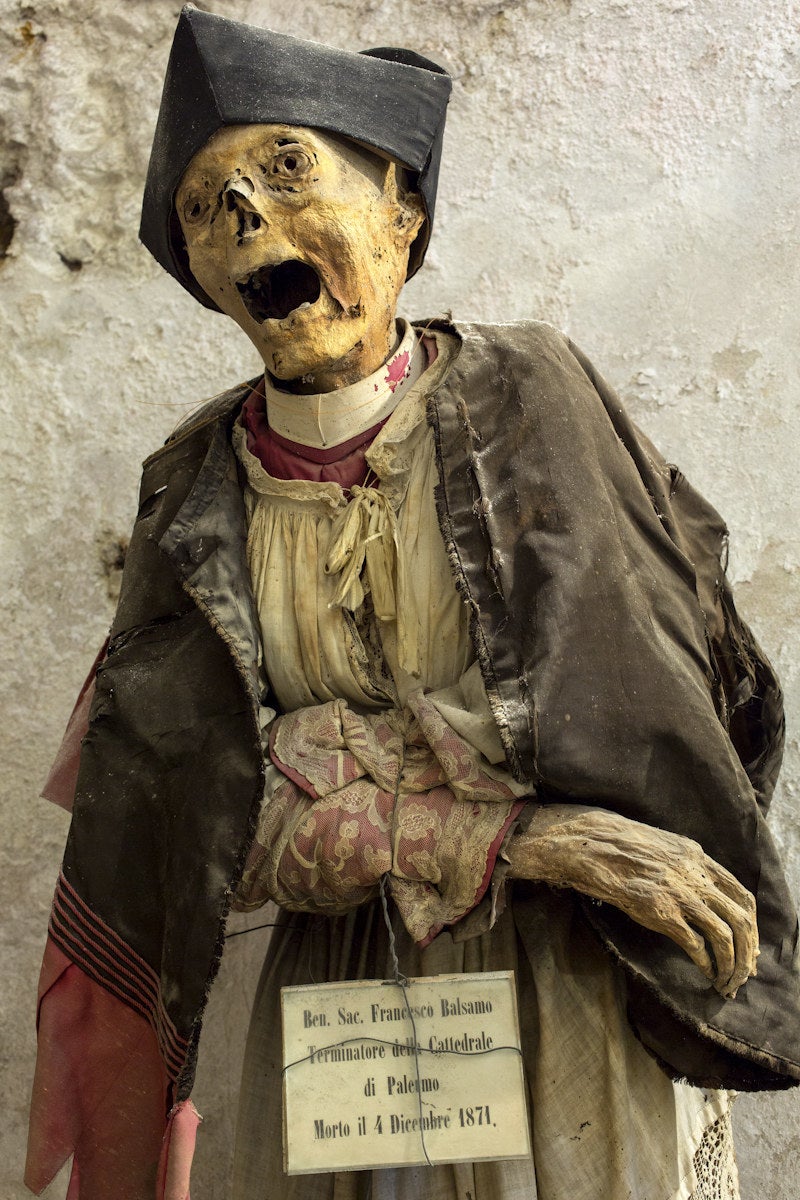
"This has been backed up by psychological studies. People living in cultures where they are confronted by reminders of mortality tend to live happier and better adjusted lives since the anxiety over death is better mitigated."

"The way we have constructed death in the modern West is psychologically less healthy than what you find in many other cultures and historical periods."
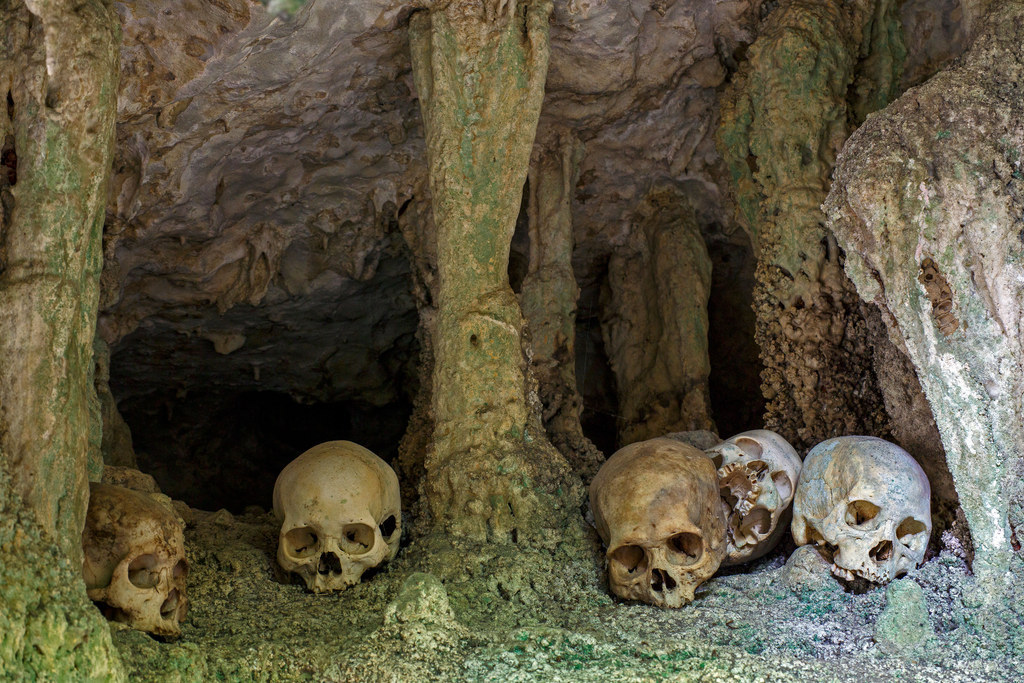
“As an individual display, based solely on it's visual qualities it's hard to beat the Paris Catacombs. There is so much there and it's all constructed in a very thoughtful and sophisticated way.”
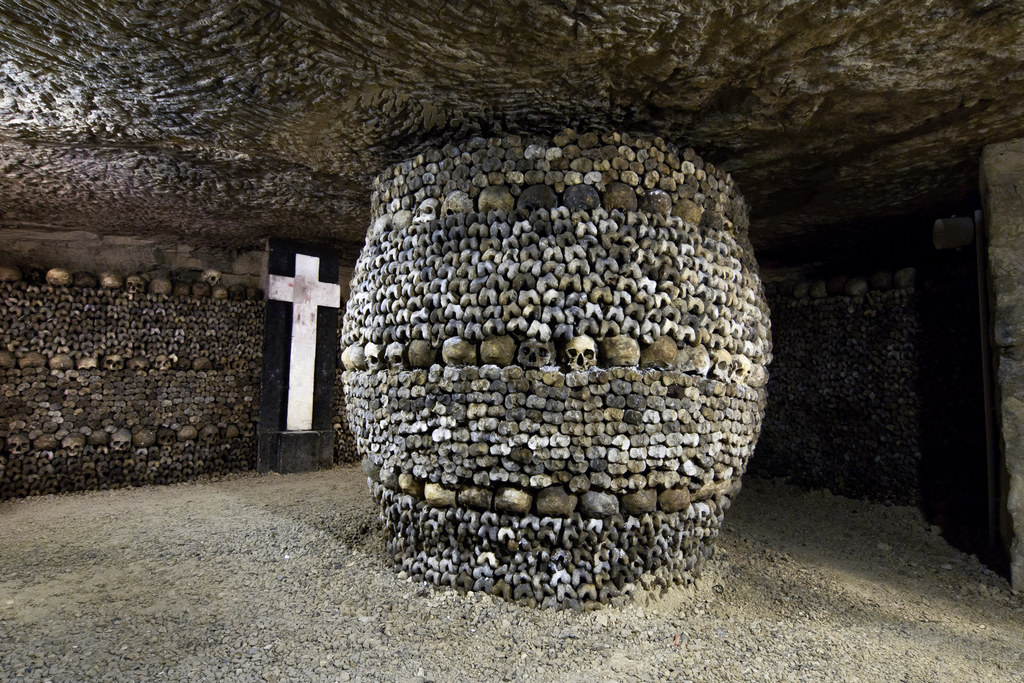
“But if someone is simply looking for the weirdest thing they can possibly find, I always tell them to visit the mummies in Palermo, Sicily."
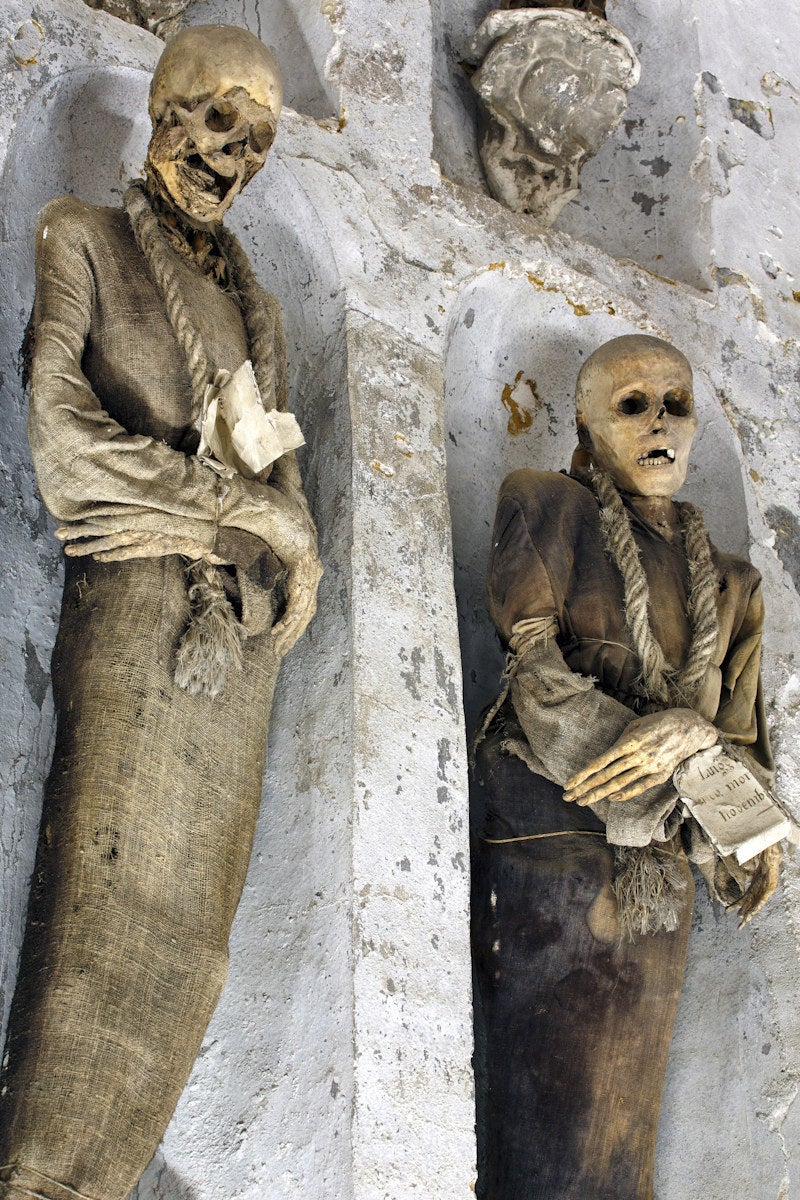

"It's the largest in situ display of mummies in the world, and wandering around down in those passageways is an experience no one will ever forget."
